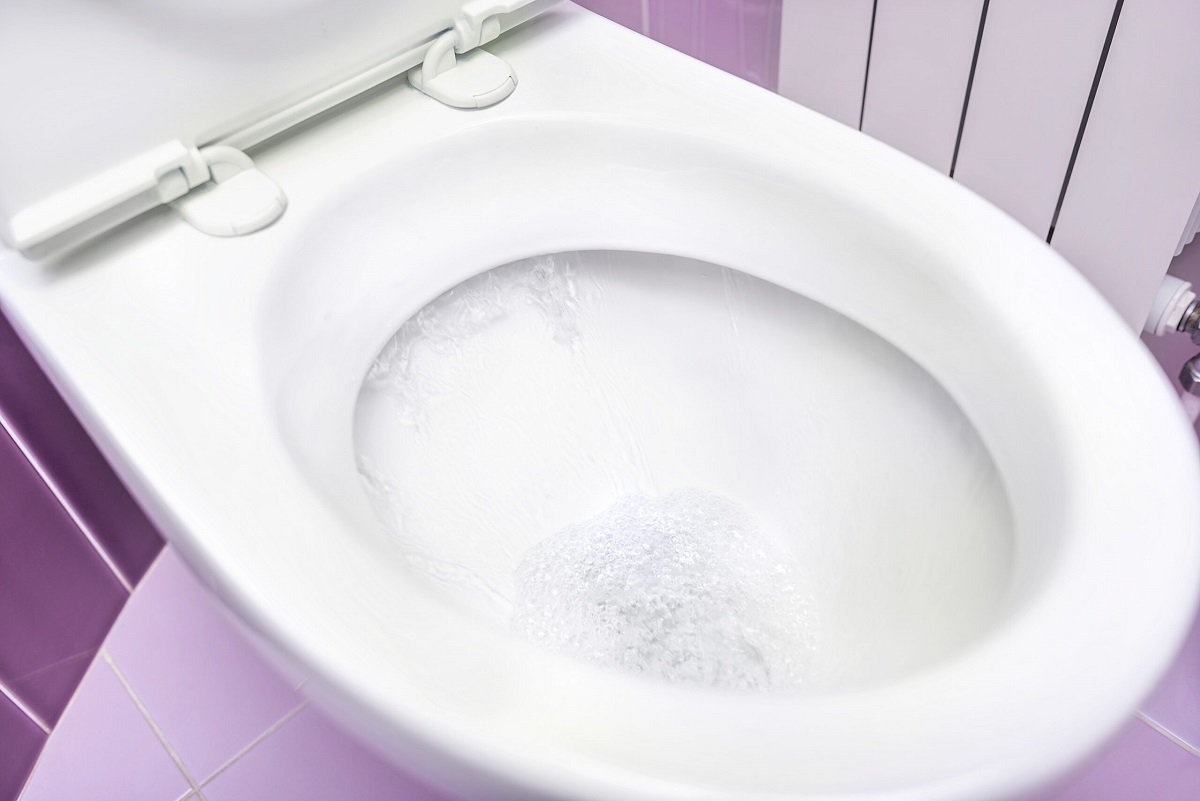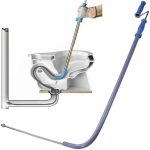Understanding the Problem
A sporadically running toilet is not only an annoyance but can also lead to significant water waste and higher utility bills. When your toilet decides to run at random times, it’s usually a sign of an internal issue that needs addressing. Understanding the problem involves identifying the symptoms and recognizing the impact it has on your household. Typically, a toilet that runs intermittently fills up its tank without being flushed, often accompanied by the sound of water trickling or hissing. This can occur several times a day or even in the middle of the night, disrupting the peace of your home.
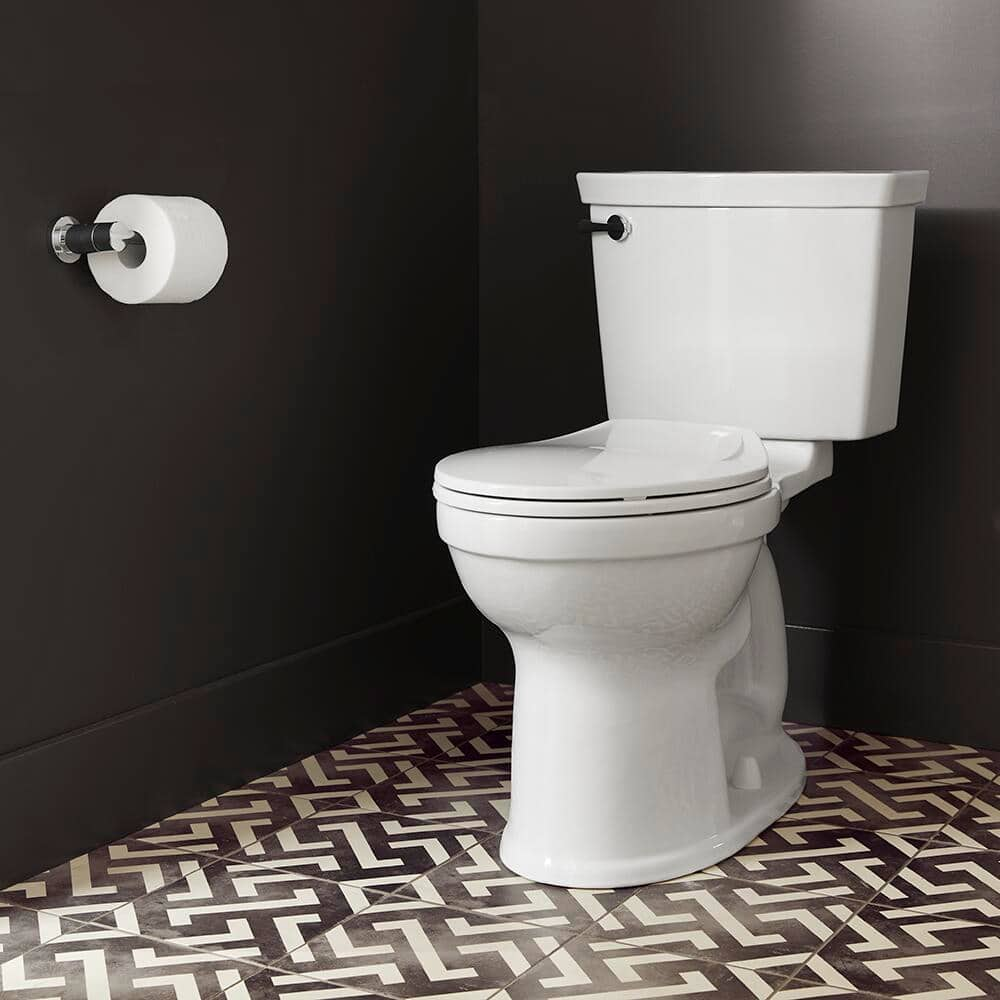
The Role of the Flapper
One of the most common culprits behind a sporadically running toilet is a faulty flapper. The flapper is a rubber valve located at the bottom of the toilet tank, responsible for controlling the release of water into the bowl during flushing. Over time, the flapper can become worn out, warped, or coated with sediment, causing it to lose its seal. When the flapper does not seal properly, water continuously leaks from the tank into the bowl, prompting the fill valve to activate intermittently to refill the tank. To check if the flapper is the issue, you can perform a simple test by adding a few drops of food coloring to the water in the tank and waiting for about 30 minutes without flushing.
Inspecting the Fill Valve
Another potential source of the problem could be the fill valve, which regulates the water level in the toilet tank after each flush. A malfunctioning fill valve can cause the toilet to run sporadically, especially if it fails to shut off completely once the tank is full. This can happen due to wear and tear, debris build-up, or improper adjustment. To inspect the fill valve, start by removing the toilet tank lid and observing the water level when the toilet fills up. The water should stop below the overflow tube; if it continues to rise or the fill valve makes a constant hissing noise, it’s likely that the valve needs cleaning, adjusting, or replacing.
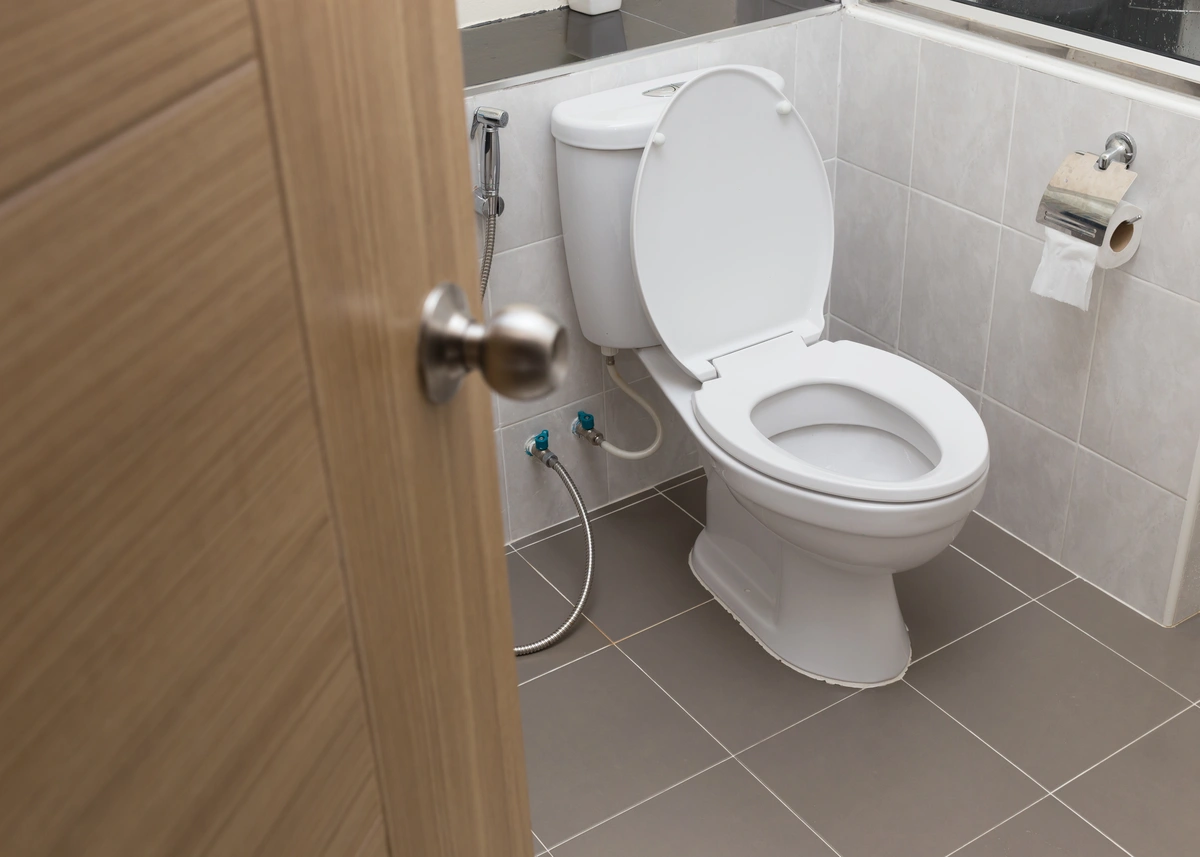
Checking the Float Mechanism
The float mechanism plays a critical role in signaling the fill valve to stop filling the tank once the desired water level is reached. If the float is set too high or is malfunctioning, it can cause the toilet to run intermittently. There are different types of float mechanisms, such as the ballcock (a large floating ball attached to a rod) and the newer float cup designs. To check the float, observe its position when the tank is full. The float should be at a level where the water is just below the overflow tube.
Examining the Overflow Tube
The overflow tube is another integral component of the toilet’s flushing mechanism that can contribute to intermittent running if there are issues. The overflow tube prevents the tank from overflowing by directing excess water into the bowl. However, if the water level in the tank is set too high or if there is a crack or leak in the tube itself, it can cause water to continuously drain into the bowl. This triggers the fill valve to refill the tank sporadically. To examine the overflow tube, first ensure that the water level is set correctly, just below the top of the tube. If the water level is too high, adjust the fill valve or float mechanism accordingly.
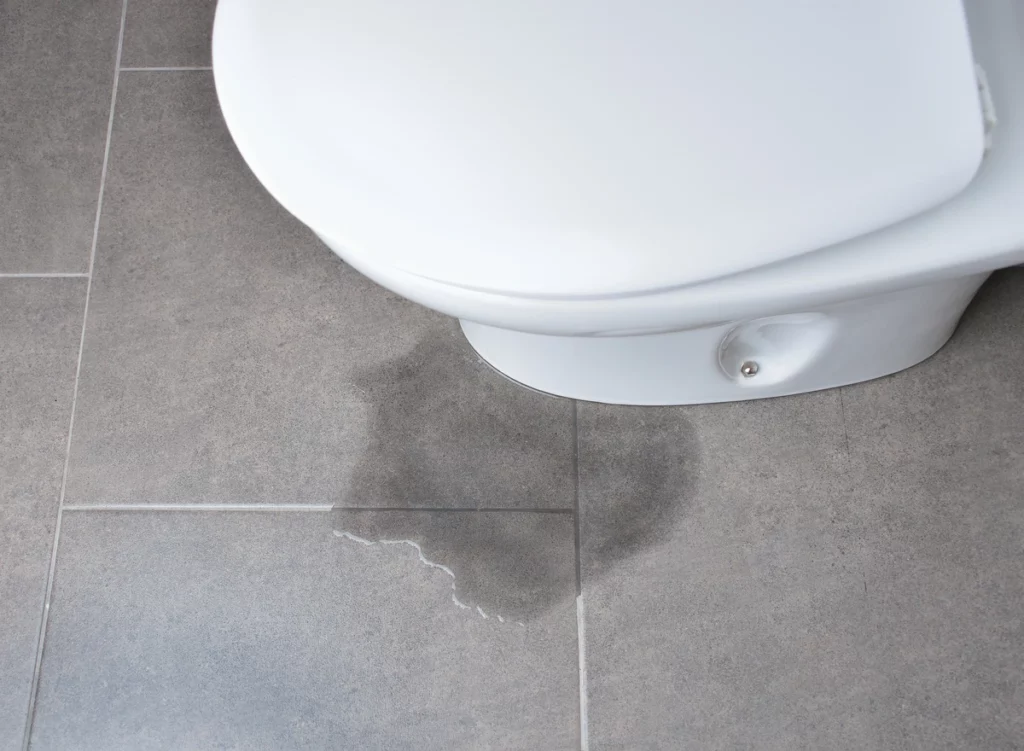
Addressing Water Pressure Issues
Water pressure can sometimes play a role in a toilet that runs randomly. High water pressure can cause the fill valve to malfunction, leading to intermittent running as the valve struggles to regulate the flow of water. Conversely, low water pressure might not fully close the fill valve, causing a similar issue. It’s important to ensure that your home’s water pressure is within the recommended range, typically between 40 and 60 psi (pounds per square inch). You can measure the water pressure using a water pressure gauge attached to an outdoor faucet or any accessible water outlet. If you discover that the water pressure is too high, installing a pressure-reducing valve (PRV) can help bring it down to an appropriate level.
Ensuring Proper Installation
Sometimes, the root cause of a sporadically running toilet can be traced back to improper installation of the toilet components. If the toilet was not installed correctly, it could lead to various issues, including leaks, misalignment, and malfunctioning parts. It’s crucial to ensure that all components, such as the flapper, fill valve, float mechanism, and overflow tube, are installed according to the manufacturer’s instructions. Check for any signs of loose fittings, incorrect alignments, or missing seals. For instance, the fill valve should be securely fastened, and the flapper should align perfectly with the flush valve seat to create a watertight seal. If you suspect improper installation, reviewing the installation manual or seeking professional assistance can help rectify any errors.
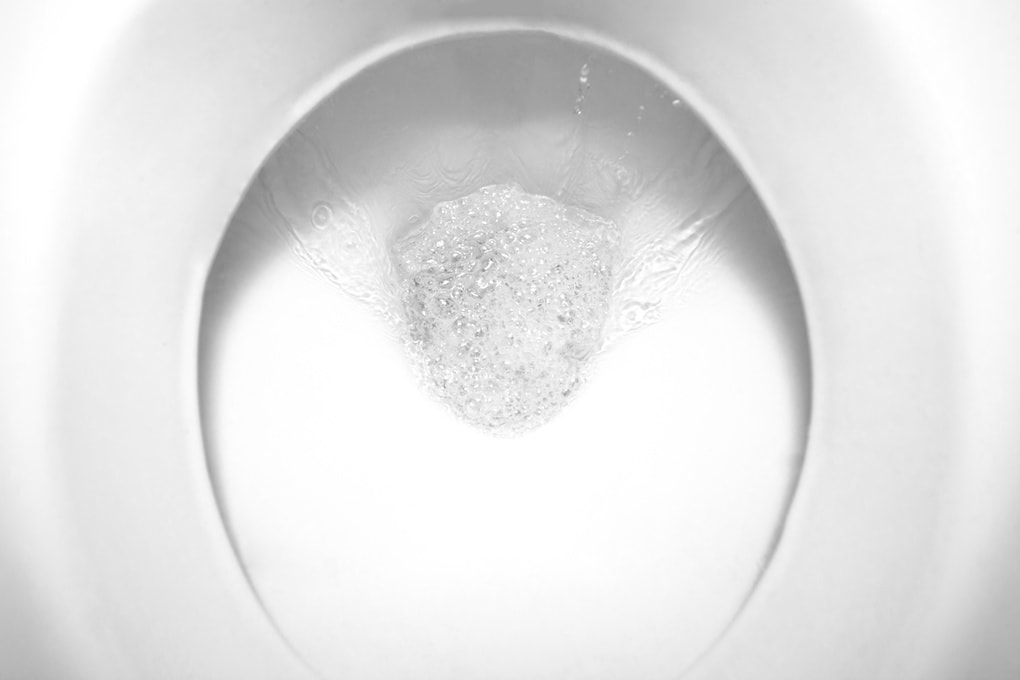
Monitoring for Hidden Leaks
Hidden leaks can sometimes be the cause of a toilet that runs intermittently. These leaks aren’t always visible but can significantly impact the toilet’s performance. To detect hidden leaks, pay attention to signs such as unexplained increases in your water bill, damp areas around the base of the toilet, or the sound of water running even when the toilet isn’t in use. Conducting a thorough inspection of the toilet’s connections, base, and surrounding area can help identify any leaks that might not be immediately obvious. Additionally, repeating the food coloring test can help pinpoint leaks that occur within the tank. If you discover a hidden leak, addressing it promptly is crucial to prevent further damage and water waste.
Maintaining Regular Upkeep
Regular maintenance is key to preventing and troubleshooting a sporadically running toilet. Establishing a routine schedule for inspecting and cleaning the toilet’s components can help ensure they remain in good working condition. Periodically check the flapper, fill valve, float mechanism, and overflow tube for signs of wear, debris, or misalignment. Cleaning these parts regularly can prevent sediment build-up that may interfere with their operation. Additionally, keep an eye on the water level in the tank and make adjustments as needed to maintain the correct level. Performing routine maintenance not only helps address minor issues before they escalate but also extends the lifespan of your toilet components.
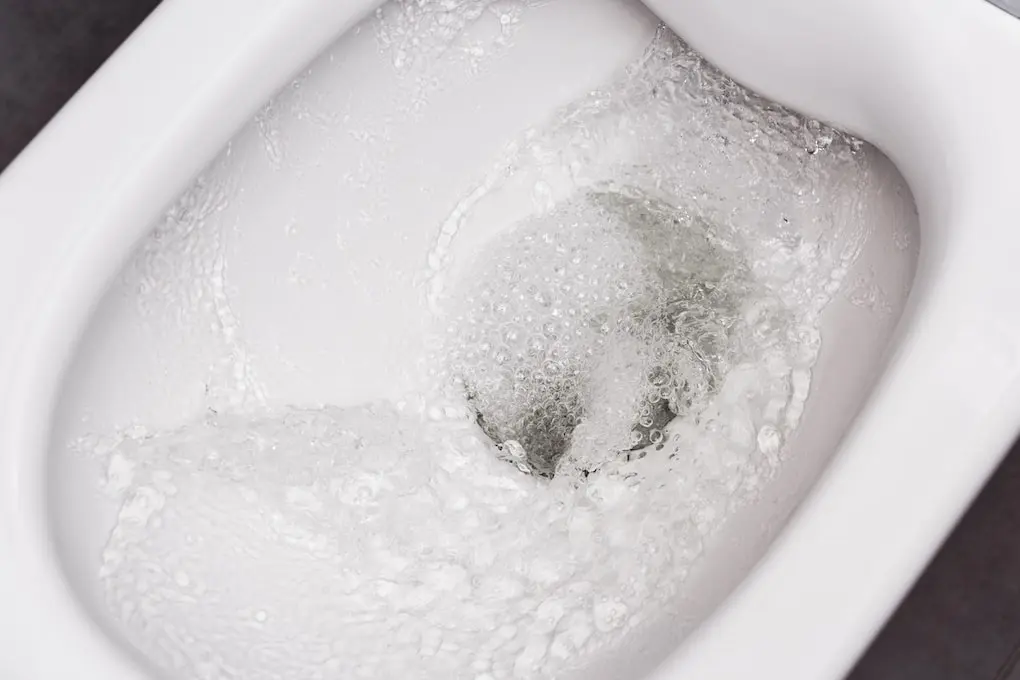
Consulting a Professional
While many issues causing a sporadically running toilet can be resolved with basic troubleshooting and DIY repairs, there are instances where professional assistance may be necessary. If you’ve attempted the common fixes, such as replacing the flapper, adjusting the fill valve, or addressing water pressure issues, and the problem persists, it’s time to consult a plumber. A professional plumber has the expertise and tools to diagnose and fix more complex or hidden problems that may be beyond the scope of typical household repairs. They can also provide valuable advice on maintaining your toilet and preventing future issues. Consulting a professional ensures that the problem is addressed accurately and efficiently,
